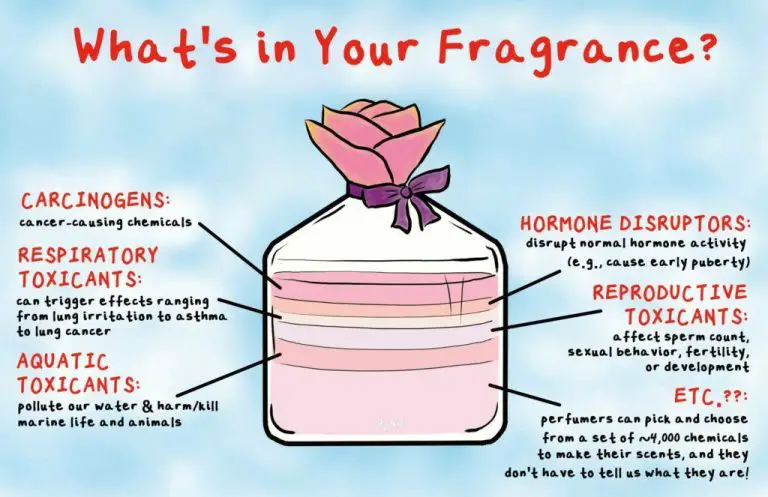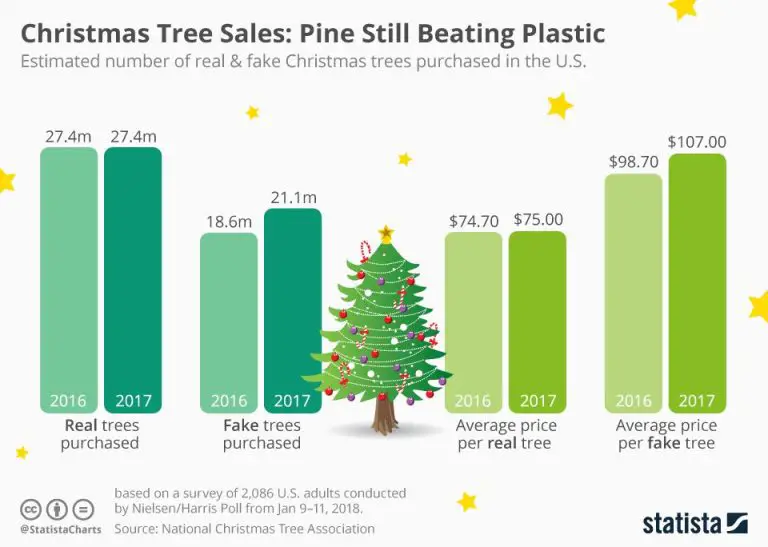What Does The 7 Candles In A Menorah Stand For?
The menorah is one of the most iconic symbols of Judaism. It is a nine-branched candelabrum that is lit during the Jewish holiday of Hanukkah. The menorah has been used by Jews for thousands of years and serves as an important religious and cultural symbol.
The original menorah was the seven-branched candelabrum that stood in the Temple of Jerusalem, as described in the Torah. This Temple menorah was used by priests to carry out rituals and sacrifices. After the destruction of the Second Temple, the seven-branched menorah remained an important symbol of Judaism and was incorporated into synagogue architecture and design.
Today, the most commonly used menorah has nine branches. This Hanukkah menorah commemorates the re-dedication of the Second Temple after the Maccabean Revolt in 164 BCE. The nine branches include eight branches for each night of Hanukkah, plus one additional branch (the shamash) that is used to light the other candles. Lighting the Hanukkah menorah is a key tradition during the eight-day holiday.
History of the Menorah
The menorah is one of the oldest and most recognizable Jewish symbols. It dates back over 3,000 years to biblical times. The menorah was first mentioned in the Hebrew Bible’s Book of Exodus, where God instructs Moses to build a seven-branched candelabrum made of gold for the Tabernacle.
This seven-branched menorah was used in the portable sanctuary set up by the Israelites in the desert and in the Temple in Jerusalem, as a daily reminder of God’s presence and light. The menorah stood inside the Temple and was lit by Kohanim, or priests, with pure olive oil.
Meaning of the 7 Candles
Each of the seven candles on the menorah represents one of the seven days of creation during which God created the world. On each day of creation, God added something new: light, sky, land, plants, sun/moon/stars, animals, and humans.
The candles are lit using a middle “servant” candle called the shamash. In lighting the candles from left to right, Jews demonstrate that time progresses forward. Lighting the candles celebrates God’s creative work, while the growing number of candles represents the increase of knowledge and goodness in the world.
First Candle
The first candle represents the first day of creation, when God said “Let there be light” and created light. This candle commemorates the creation of light and the beginning of the world. Lighting this candle first reminds us that light was the first thing created and that everything else came after.
On each night of Hanukkah, the first candle lit is this one, the Shamash or “servant” candle. This candle is used to light all the other candles. By lighting the candle that represents the first day and creation first, we remember that creative power and light came into the world first. The Shamash candle brings light to the other candles, just as the light created on the first day allows us to see all the other creations that followed after it.
Second Candle
The second candle represents the second day of creation, according to the Genesis story. On this day, God created the sky to separate the waters above from the waters below. The sky provided a space between the seas and the heavens.
The lighting of the second candle on the menorah recalls God’s creation of the sky on the second day. It serves as a reminder of the Biblical account of the origins of the world and heavens. Just as light fills the sky during the day, the second candle brings light and reminds us of the immense skies created on the second day.
The flickering flame of the second candle represents the vast expanse of skies that surround the Earth. As we light it, we can reflect on the biblical roots of the menorah and the meaning each candle holds.
Third Candle
The third candle represents the third day of creation, when God separated the land from the seas and oceans. According to the Book of Genesis, on the third day God commanded that the waters under the heavens be gathered together into one place so that dry land could appear. God named the dry land “Earth” and the gathered waters “Seas”. He saw that it was good. This separation allowed plant life to be created and thrive on the emerged land. The light of the third candle on the menorah symbolizes the revelation of the dry land, the flowering of plant life across the Earth, and the separation of distinct realms for land and sea that established order in God’s creation.
Fourth Candle
The fourth candle represents the fourth day of creation according to Genesis 1 in the Torah. On the fourth day, God created the sun, moon, and stars. This candle reminds us of how God made brilliant celestial bodies to illuminate the day and night skies, and to mark the seasons, days, and years.
The lighting of the fourth candle on the fourth night of Hanukkah highlights God’s creation of heavenly sources of light. They are described as the “greater light” (the sun) to govern the day, and the “lesser light” (the moon) to govern the night. The stars are portrayed as being “set in the expanse of the heavens” by God to give light upon the earth.
Each year as we light the fourth candle, we remember how God filled the skies with dazzling lights on the fourth day of creation. It serves as a powerful symbol during the Festival of Lights.
Fifth Candle
The fifth candle on the menorah represents the fifth day of creation according to the Book of Genesis. On this day, God created the birds of the air and the fish of the sea. Lighting the fifth candle commemorates the wonder of flying creatures and the diversity of life underwater.
The flight of birds has long inspired humanity. Many biblical verses use birds as a symbol of faith and spiritual freedom. Fish populate intricate underwater ecosystems that sustain aquatic life. They represent the abundance of God’s creation.
The fifth candle reminds us to appreciate the skies and oceans on our wondrous planet. Take a moment to observe the birds outside your window or think of the fish swimming in lakes, rivers and seas worldwide. Their presence is a gift to cherish.
Sixth Candle
The sixth candle represents the sixth day when animals and humans were created, according to the biblical account of creation in Genesis. This is outlined as follows:
On the first five days, God created light, the sky, land, seas, vegetation, the sun, moon, stars, sea creatures, and birds. On the sixth day, “God created the wild animals and all the creeping creatures” (Genesis 1:25). The pinnacle of creation came when God declared “Let us make man in our image, after our likeness” (Genesis 1:26).
Therefore, lighting the sixth candle commemorates the creation of living creatures and human beings on the sixth day. It honors the preciousness of life in all its diversity. The menorah flames represent the divine light that animates all lifeforms.
Each night when the sixth candle is lit, Jews give thanks for the amazing wonders of the animal kingdom and the singular blessing of humankind. The candles remind them that they are stewards and caretakers of all living things, created in God’s image.
Seventh Candle
The seventh candle on the menorah represents the seventh day of creation when God rested. According to the Book of Genesis, God created the heavens and the earth in six days. After this work, God rested on the seventh day. This day of rest became known as the Sabbath in Judaism. Lighting the seventh candle on the menorah symbolizes the significance of the Sabbath in the Jewish faith. Observing the Sabbath serves as a reminder to Jews to take time away from creative acts and appreciate the natural world that God created.



